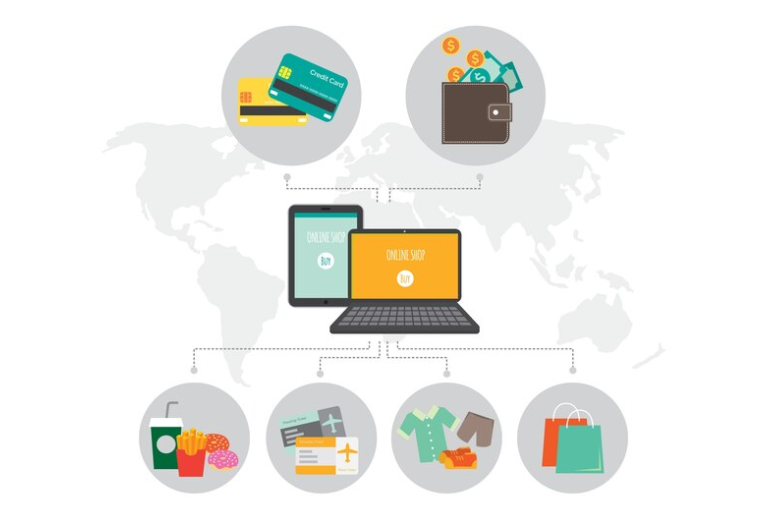Entering the realm can feel overwhelming at times when setting up payment methods for websites is being discussed amid the rise of businesses moving towards e-commerce operations; a smooth payment experience is of utmost importance for any business to thrive digitally. This manual acts as a guide to help companies establish payment systems effectively and effortlessly.

Exploring the World of Online Payment Platforms
So, how to set up online payment systems for small businesses? It is important to grasp the principles behind them, which are the foremost essential factors to consider. These kinds of systems play a role in enabling transactions via the Internet, which benefits businesses by streamlining their payment processes. Key components include payment gateways ensuring transactions and merchant accounts that allow businesses to receive payments promptly. Working together seamlessly, these elements guarantee smooth transactions on the web.
Selecting the Appropriate Payment Gateway
Choosing the right payment gateway is crucial for your business or website. A payment gateway functions as a link connecting customers to institutions and plays a role in approving transactions securely. When deciding on a payment gateway for your online business operations, it is important to assess aspects like transaction costs, currency support, and security measures offered. Moreover, taking into account customer preferences and ensuring compatibility with regions can contribute to providing a user experience.
Establishing a Vendor Account
Having a merchant account is vital for handling online payments. A specialized bank account holds funds before transferring them to the company’s account. To establish a merchant account, a business usually goes through an application process with institutions. Approval may depend on factors such as the type of business, the volume of transactions, and credit history. Having a merchant account in place helps ensure transaction processing.
Making Sure that Security and Compliance are Upheld
Security is crucial for transactions as it helps build trust and credibility with customers so that businesses can prioritize safeguarding their data effectively. Utilizing SSL certificates and following the PCI DSS are actions to protect details and prevent data breaches. Moreover, keeping abreast of compliance rules is key to maintaining a business reputation.
Adding Payment Systems to Websites
After setting up a payment gateway and merchant account, the next step is to integrate these systems into a website. This involves tasks such as adding payment buttons, embedding checkout pages, or using application programming interfaces (APIs). Businesses have the option to select between payment pages, where transactions take place on a third-party site, or direct integration, which enables transactions to be made without leaving the website. A smooth integration improves user experience and encourages loyalty.
Trying Out the Payment System
It’s crucial to test the payment system before making it live to ensure everything works smoothly and efficiently for users. Try out transaction scenarios to pinpoint any issues and make sure everything runs seamlessly. Make sure to test payment methods, confirm transaction notifications, and validate security protocols. Resolving any issues can prevent any hiccups and improve the overall experience for customers.
Regular Upkeep
Commencing the payment system initiates monitoring and upkeep responsibilities. The essential practices involve examining transaction records, enhancing security protocols based on customer feedback, and ensuring system performance by identifying trends and discrepancies. Sustained maintenance ensures a secure payment process, which plays a role in fostering enduring business prosperity.
Adjusting to the Changing Landscape of Technology
The world of technology is always changing quickly. It’s important to be adaptable to keep up with the pace of change. Keeping up with the developments in payment methods can give businesses an edge over their competitors. New technologies like wallets and cryptocurrency are gaining popularity along with payments. Using these payment options can make things more convenient for customers.
In Summary
Establishing an Internet payment system involves preparing and implementing. By grasping the elements, like the back of your hand, and selecting appropriate gateways while prioritizing security measures and keeping up with technological progressions. Companies can develop a sailing payment procedure for their customers to enjoy! This holistic method not only boosts customer satisfaction but also nurtures expansion and triumph within the digital market arena! As companies progress onward and upward through change and improvement.










